Engine Company Drills For the Chauffeur/Driver Part 1
Based on comments I have been receiving on previous articles, I decided we should address some drills that can be practiced on the department and or company level. These drills are simple enough, but will build the skills needed to be a competent chauffeur if they are training or keep someone’s existing skills sharp.
In part 1 of our series we looked at the roles and responsibilities of a driver. Today we will take a look at a few more items to help “tune up” your driver.
Prepare yourself, there are going to be a lot of questions asked!
Lets get started!
The Inventory Drill
The driver is not only responsible for driving. They are responsible for the rig and everything on it.
This is a great drill for not only the driver but for the crew (especially junior members) as well. Point to a cabinet and ask what’s in there. Inventory should be committed to memory no exceptions.
Does your driver know how much hose is kept on the rig? Ask, they better know it.
How long are the pre-connects?
If you have a car pack, how long is that?
Some people view little things like this as not important, however when you are pulling up to a vehicle fire and the officer tells the crew to pull the car pack and they end up twenty feet short guess who is getting lip back at the firehouse?
The Mechanical Drill
As much as it is important to know what is on the rig it is equally important to know about the rig. Sit the driver, or driver trainee, behind the wheel and ask about the gauges.
How much water does it carry?
What is the pump capable of?
How much air pressure does the rig need before the brakes lock up?
Do you refill the rig with fuel at a half tank?
Does the rig have a jake brake or a transmission retarder?
Take them to the pump panel, if the transfer switch was to fail how do we get the rig in pump manually? If you have a two stage pump, what is the difference between pressure and volume? When would we use each and how do we switch between the two? Would we supply the tower ladder in pressure or volume?
Here are a few more questions to ask while we are at it…
-At what pressure do we pump our 200 foot 1 ¾” pre-connect with a TFT nozzle?
-At what pressure do we supply a sprinkler system?
-At what pressure do we supply a standpipe system?
-If we have fire on the fifth floor of a multiple dwelling without a standpipe how much more pressure do we need to supply to compensate for the elevation?
-If you suddenly see the temperature gauge in the red, what would you do?
-If you throttle up and you do not see any pressure on your discharge gauge what could the issues be and how would you fix them? (Make sure the answer is more than one, there are many.)
You can see where I am going here and what kind of knowledge needs to be developed, if you get an answer of “I throttle it up to the nozzle man’s feet come off the ground then back it off ten pounds”, train on my friend train on.
Next week we will continue with several other drill ideas for the chauffeur/driver.
Feature and Cover Photos Courtesy: Steve Silverman
Part 1 of 3

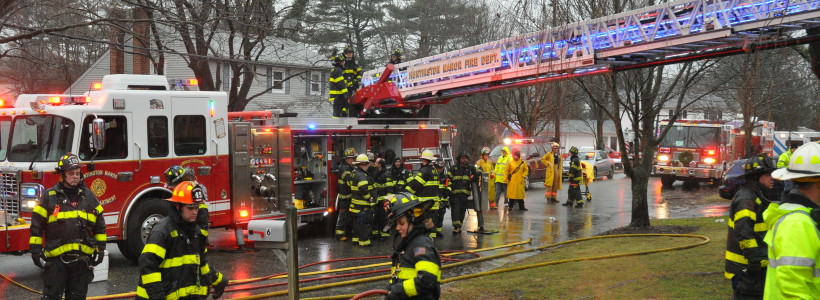
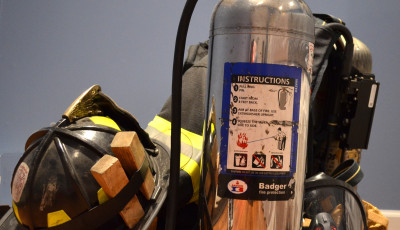
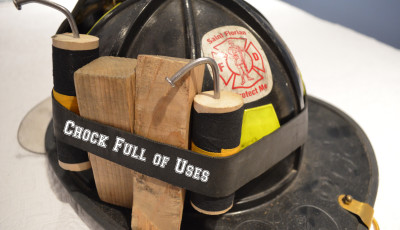
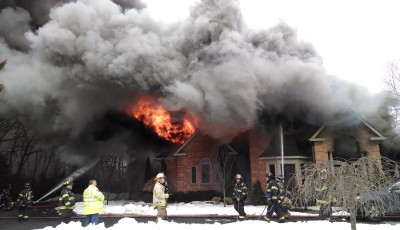
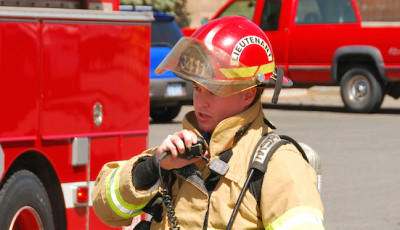
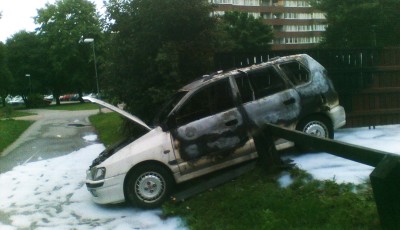





Pingback: Engine Company Drills for the Chauffeur/Driver – Part 2 | FireFighterToolBox
Bad weather drill suggestion: Take your inventory list and have engine company members find items that are on the list. Easy way to have members reminding themselves where things are stored.
Thank you for the comment chief, that is an excellent suggestion.